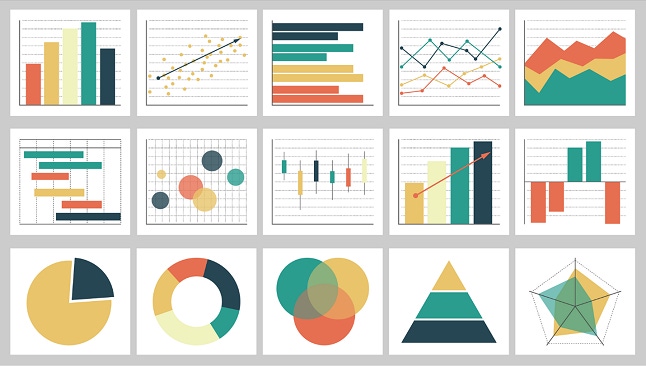How Reporting and Dashboards Improve IT Service Management
Does your ITSM tool have the dashboards and reporting capabilities your IT organization needs to succeed? Here’s what to look for.
November 15, 2022

Sponsored by TeamDynamix
(SPONSORED ARTICLE)
When it comes to measuring the success of your IT Service Management (ITSM) nothing is more valuable than dashboards and reporting. Without these, you can’t measure against benchmarks and see where you stack up when it comes to goals you set for your organization’s service management and delivery. You also can’t identify trends, bottlenecks, and areas in need of improvement. That’s why it’s so critical that the ITSM tool you use has the reporting and dashboard functionality you need.
For example, with TeamDynamix ITSM you can view service requests, SLAs, project risk and more all on a configurable desktop. This allows you to identify issues before they turn into larger problems, support key meetings, and see emerging trends. With these dashboards and reports you get the necessary information needed to confidently make business decisions.
Easily Track Tickets, Projects
With ITSM, transparency is often a key to success and dashboard and reporting centered around this idea of transparency can give users and leadership the increased visibility and communication needed to improve service levels.
Specific capabilities of TeamDynamix dashboards include:
Integrating with third-party data tools and third-party systems can initiate a ticket when a service is not available.
A powerful report builder that allows anyone to quickly build reports using drag and drop functionality, with no coding or scripting required.
And all reports can be scheduled and automatically delivered.
Get the Visibility and Control You Need to Succeed
There are four specific capabilities you want to make sure your ITSM tool has when it comes to dashboards and reporting, as they are particularly helpful in providing you an increase in visibility and control with it comes to service management and delivery. Those capabilities are the following:
The ability to view spikes in incidents as they happen.
The ability to track trends over a period of time.
The ability to measure quality and performance.
The ability to address project goals, timelines and risks.
When you have a live dashboard that can show real-time spiles in incidents, you have the ability to proactively initiate major incident or problem management workflows as needed. This can help remove some of the frustration that occurs when problems pop up and there’s a perceived lag in action to address whatever is causing the problem. Without a live dashboard, you’re waiting for other indicators to let you know action needs to be taken -- this can take hours and sometimes even days depending on your processes.
When you use a tool like TeamDynamix, tracking trends is made easy through a report builder that clearly displays trends, and through the automated reports that are delivered when there are results. For example, a report can be automatically generated and sent out to specific people when a certain threshold is met for a trend.
With out-of-the-box reporting to measure quality and performance, anyone can build the reports and dashboards they need to make confident decisions and focus on priorities.
As for project goals, timelines and risks, quantity and cost of time spent on certain projects or toward certain goals can quickly be identified with reporting. Also, project portfolios can be created based on certain divisional goals with different measures being tracked (i.e. total time).
Dashboards and Reporting Making a Difference at Covenant HealthCare
Covenant HealthCare takes advantage of TeamDynamix dashboards and reporting and uses them to enhance their user experience. Frank Fear, CIO at Covenant, was looking for an ITSM and Project Portfolio Management (PPM) tool, combined on a single platform, that would give him a high level of data and sophisticated reporting on the inner workings of the entire IT organization and all of the projects, tickets and requests that come in and out to support the network.
Using the dashboards in daily huddles with his team, Fear can set priorities and clearly visualize what needs to be done, “I can report on our key strategic projects and see which project requests are coming in and be able to report status on those very cleanly and clearly through dashboards,” he said.
And, perhaps the biggest benefit, is that the reporting and dashboards allow those outside of IT to understand all of the incredible work being done by the team day in and day out, Fear said, “I’m able to communicate to the organization the value that all these IT dollars are delivering.”

Andrew Graf is the Chief Product Strategist for TeamDynamix. His passion lies in helping organizations thrive in an ever-changing environment. As a co-founder of TeamDynamix, Andrew is well versed in the common issues facing IT leaders -- as the need for increased IT Maturity rises, he is able to help map out a way forward.
You May Also Like





